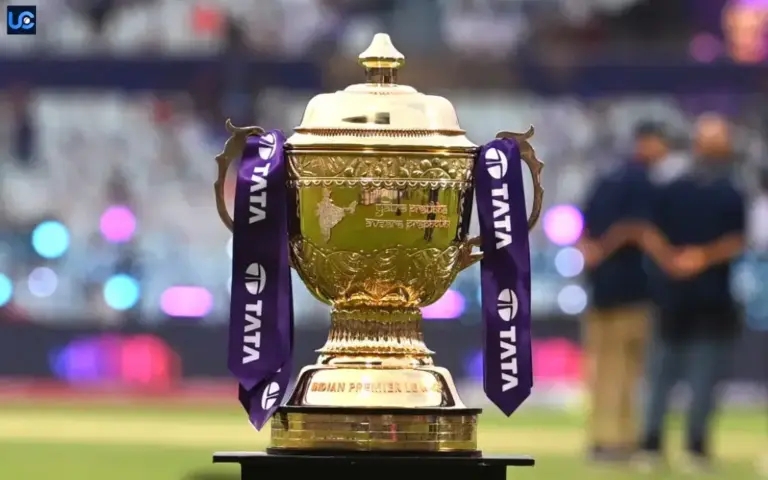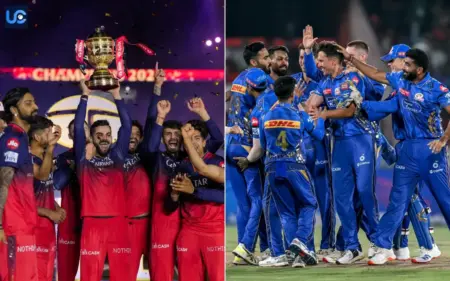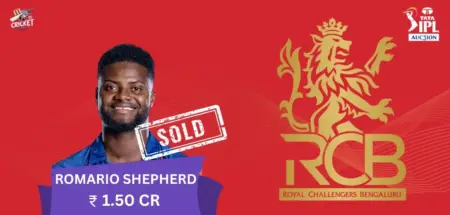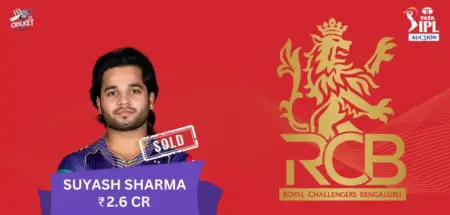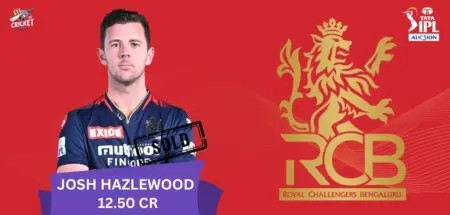The 2025 IPL is over but the excitement continues. As we wait for the 2026 IPL, the focus now shifts to the IPL trade window. This is when teams adjust their lineups before the big auction.
But what is the trade window? How does it work? And why is it so important right now? Let’s break it down simply.
What Is the IPL Trade Window?
Think of the IPL trade window as a transfer market. Here teams can exchange players before the official auction. All 10 IPL teams get a chance to tweak their squads. They can release players they don’t need and pick up those who are a better fit.
This is useful for teams that want to address weaknesses or add strength to a particular area before the auction.
When Is The Trade Window?
The trade window is in two parts:
First Part:
Starts: One week after the IPL season ends
Ends: One week before the auction
For 2026 IPL since the 2025 season ended on June 3, the trade window started on June 10, 2025 and will be open till one week before the 2026 auction.
Second Part:
Opens: Immediately after the auction ends
Closes: One month before the next IPL season
How Do IPL Trades Work?
Unlike the auction where players are sold to the highest bidder, trades happen directly between two teams. There are three ways to complete a trade:
Direct Player Swap: Both teams agree to exchange players without any money changing hands.
Example: Before the 2024 IPL auction Avesh Khan (LSG) was traded for Devdutt Padikkal (RR).
All-Cash Agreement: One team pays the same price for the player as in the previous auction.
Example: Mumbai Indians (MI) reacquired Hardik Pandya from Gujarat Titans for Rs.15 crore. This is the same amount GT paid for him before the 2024 IPL season.
Trade Plus Transfer Fee: Teams can agree on a transfer fee on top of the player’s base price. This fee is private and doesn’t impact the auction budget of the team receiving the money.
Read Also:- Most Fan Following Team in IPL
The Franchises Must Follow These Rules
Player Approval Needed: The player being traded must agree to the move. No trade happens without the player’s approval. Home Team Approval: The team currently holding the player also needs to approve the trade.
Price Differential: If two players are traded but have different salaries, the team getting the higher priced player has to pay the difference.
